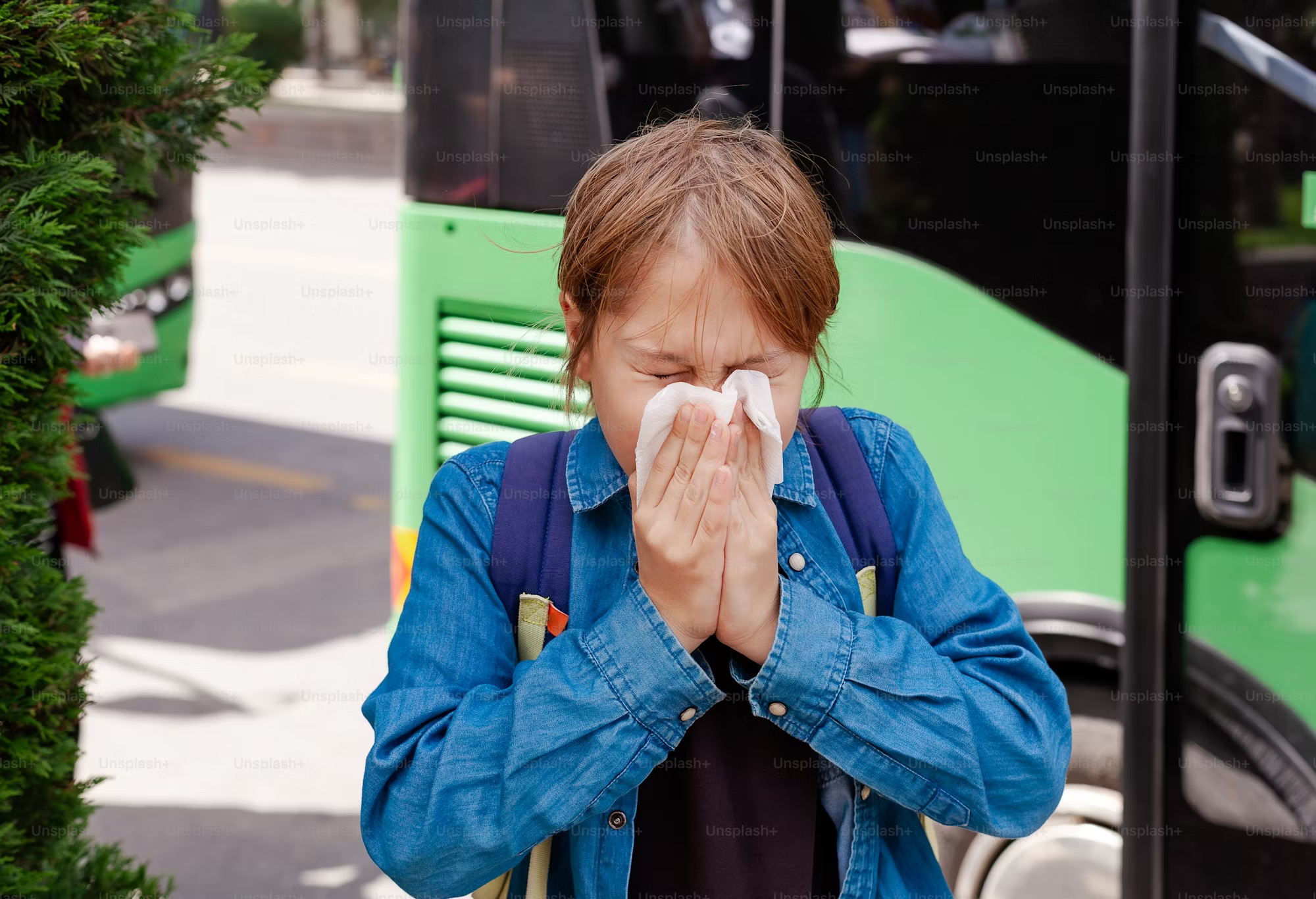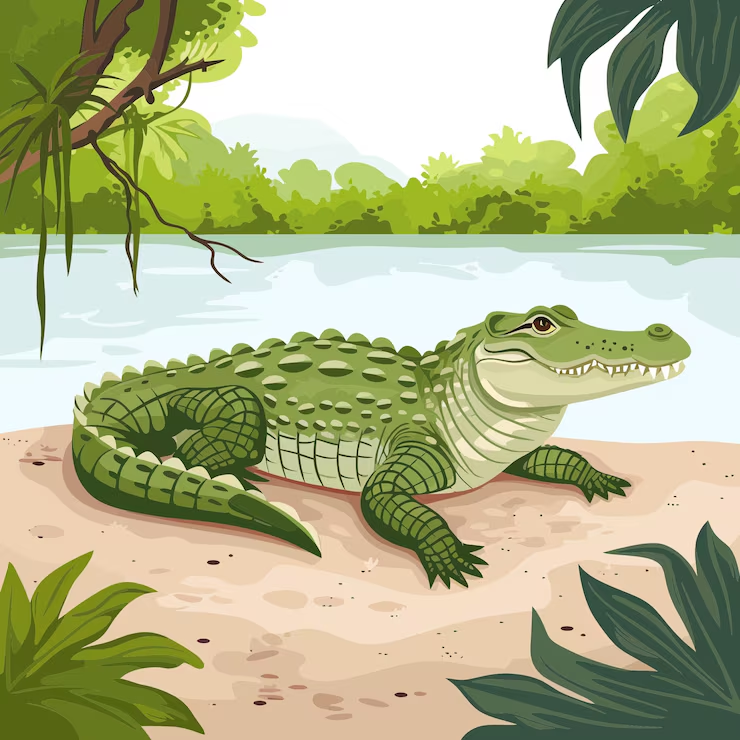Answers For VOL 4 Test 4 - Photic sneezing
Answers and detail explain for VOL 4 Test 4 - Photic sneezing
1.
breathing
2.
common
3.
face
4.
tears
5.
fire
6.
relatives
7.
number
8.
contrast
9.
time
10.
pilots
Explain
VOL 4 Test 4 - Photic sneezing

0:00
0:00
Lecturer: Welcome to this lecture in the health sciences intended to inspire you and get you thinking about your research project. Today, I want to show you how even ordinary human behavior like sneezing, which normally happens when you get a cold, may be worth studying. Have you ever been walking outside when a bright shaft of sunlight hits you between the eyes? 1The reaction of some people is immediate, an unpleasant prickling in the nose, an increase in their breathing rate, and an uncontrollable watering of the eyes. Then almost as quickly, they sneeze and gain relief.
This may happen every time they go into the sun. 2This so called photic or light sneeze is a reflex, which means it can't be controlled, and it's very common. Anything between one in ten and one in three people might be affected. In fact, a sneeze is triggered by an irritation of some sort in the linings of the nostrils. 3The result is a cascade of reactions, beginning with the stimulation of the nerve endings all over the face and generating an explosive expulsion of air at up to 95 miles an hour, like an extremely localized personal hurricane.
4The body's coordination of such reactions is complicated and belongs to the subconscious control hardware that regulates other things, for example tears in the eyes. People have been interested in the phenomenon of photic sneezing for thousands of years. 5The Greek philosopher Aristotle asked, why does the sun prompt us to sneeze, whereas the heat of a fire does not? A partial answer came 2,000 later when the English philosopher Francis Bacon showed that his photic sneeze had nothing to do with heat. If he closed his eyes when going into the sun, he didn't sneeze even though the heat was still there.
Henry Everett, a consultant psychiatrist at John Hopkins University Hospital in Baltimore, was the first to make a systematic attempt to understand the condition, Noting in 1964 that thirty percent of the staff employed in the medical department were photic sneezers, Everett did some further investigation. 6He found that while eighty percent of sneezers reported other sneezers among their relatives, only twenty percent of non sneezers did.
Now there are factors that are certain indicators of a photic sneeze. First of all, 7those with the condition almost always sneeze a set number of times on exposure to light. In addition to this, 8the sneeze depends on a contrast in visible brightness, such as when the sun moves out from behind a cloud.
And the sneezing fit won't be repeated immediately. 9The body needs time before it can be recharged. So if you go back into a darkened space and then immediately reenter bright light, you will not sneeze again. Now on to possible applications of research in this area. 10The photic sneeze had long been overlooked because its effects are generally less than serious, although the government did once study it as a risk factor for pilots.
Yet work on such a simple disorder might lead to important discoveries on more acute conditions such as migraine or epilepsy, which are also caused by cross wires in the nervous system. That is why I encourage you to select something similar for your first investigative medical project. It could be the beginning of something even more useful. Now let's talk about the project timetable.
Questions 1-10
Complete the notes below. Write ONE WORD ONLY for each answer.
Background
Some people react to sunlight by:
- a prickle in the nose
- faster 1 (breathing)
- watery eyes
, relieved by a sneeze
- This 'photic' sneeze cannot be controlled and is a 2 (common) reflex.
Sneezing in general
- A sneeze is caused by some kind of irritation in the nose.
- Nerve endings in the 3 (face) are stimulated, leading to an explosion of air.
- It is co-ordinated by the same mechanism that controls the production of 4 (tears)
Research into photic sneezing
- The condition has been known for thousands of years.
- Aristotle: Why does the sun cause sneezing while a 5 (fire) does not?
- Bacon showed the cause was light.
- Everett found 80% of photic sneezers shared the habit with 6 (relatives)
Indicators
- Photic sneezers usually produce the same 7 (number) of sneezes.
- The reaction is caused by a 8 (contrast) in brightness.
- The sneeze takes 9 (time) to recharge.
Application
- The condition was often ignored apart from some research on photic sneezing among 10 (pilots)
- But studying it may result in breakthroughs for more serious conditions.
![[Forecast Q2-2025] - Biology lecture](https://static.helik.app/reading/8fd3d7d2-ccf9-47a3-8920-2e7a3b0d6607)
![[Forecast Q2-2025] - Living in the City](https://static.helik.app/reading/1a60bcf3-f3a7-4e9b-97a2-94d156a0de3b)
![[Forecast Q2-2025] - Student Union](https://static.helik.app/reading/fb443123-8c1d-447e-8c79-5a01650f4754)
![[Forecast Q2-2025] - Fruit-picking Job in an Orchard](https://static.helik.app/reading/e1968346-6c55-44ae-b8d3-f6a4fb7207b9)
![[Forecast Q2-2025] - University Crime Prevention](https://static.helik.app/reading/bdda593e-16d6-4c72-8a12-b116e917b27c)
![[Forecast Q2-2025] - Business Course](https://static.helik.app/reading/3308e282-99a6-4bcb-9d22-0b488701d968)
![[C20T1] - Choosing a restaurant](https://static.helik.app/reading/e9b21123-c43c-42fb-88b7-5d0be3a37e03)
